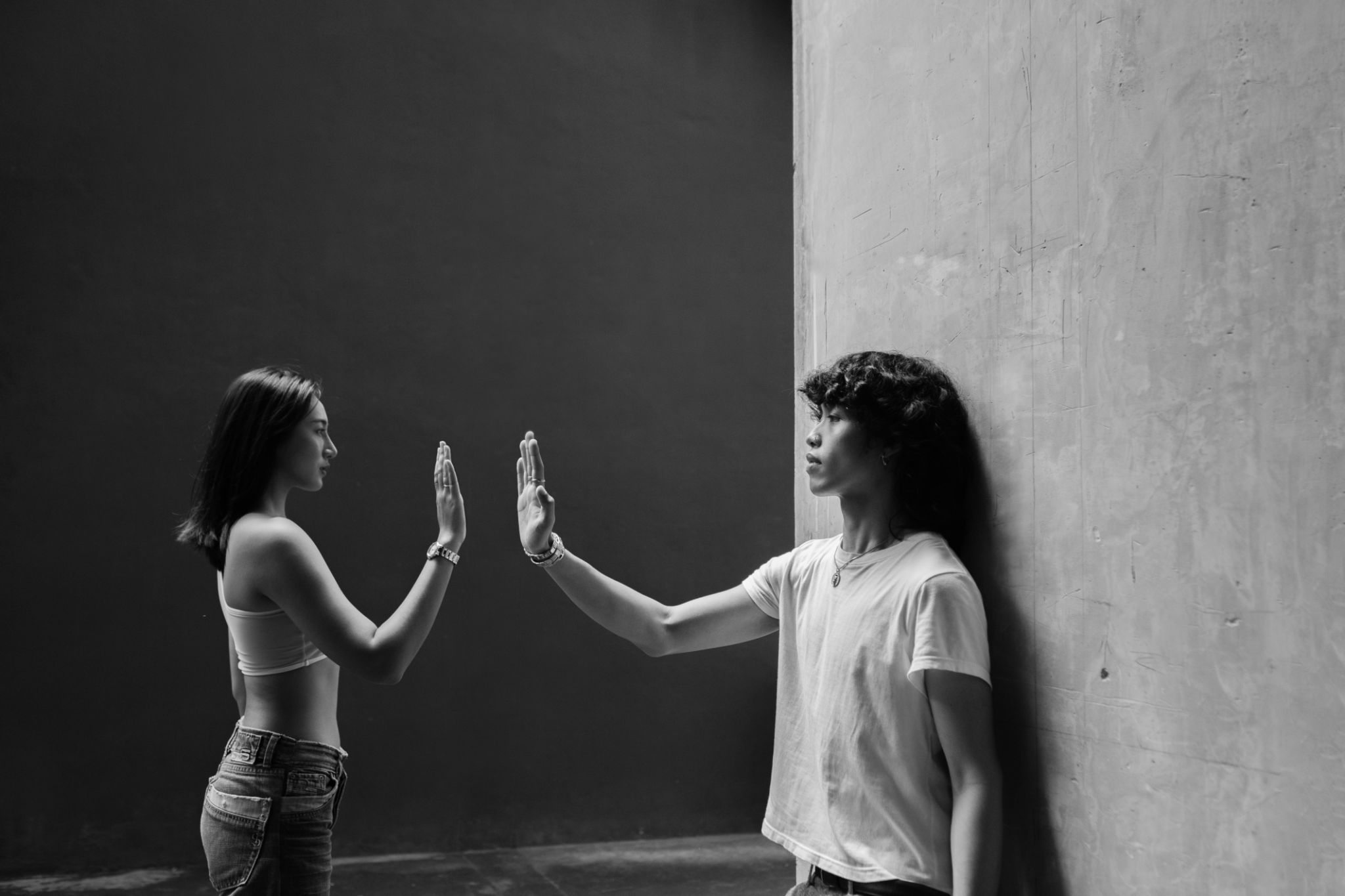Beyond Reality: The Science and Art of Illusions
The Fascinating World of Illusions
Illusions have captivated human imagination for centuries, blending the boundaries between reality and perception. These intriguing phenomena challenge our understanding of the world, revealing that what we see is not always what it seems. The study of illusions encompasses both scientific inquiry and artistic expression, making it a rich field for exploration.
At their core, illusions are discrepancies between physical reality and subjective perception. They exploit the brain’s processing shortcuts to create experiences that defy logic. Understanding these mechanisms not only enhances our knowledge of human cognition but also inspires innovative artistic creations.

The Science Behind Optical Illusions
Optical illusions occur when the visual system is tricked into seeing something that does not exist or perceiving something differently from its physical reality. Neuroscientists study these illusions to better understand visual processing pathways in the brain. By examining how the brain interprets visual information, researchers can uncover the underlying principles of perception.
Several factors contribute to the creation of optical illusions, including light, color, and spatial arrangement. The brain relies on context and prior knowledge to fill in gaps, which can sometimes lead to distorted perceptions. For instance, the Müller-Lyer illusion demonstrates how line length can appear different based on arrowhead placement.
Common Types of Optical Illusions
- Geometric illusions: These involve shapes and lines that appear distorted or altered due to surrounding visual cues.
- Color and brightness illusions: These manipulate light and color to create false perceptions of hue or brightness.
- Motion illusions: Static images are perceived as moving due to clever design elements.

The Art of Illusions
Artists have long been fascinated by illusions, using them to push the boundaries of creativity and engage viewers in unique ways. By incorporating illusionary techniques, artists can create works that challenge the viewer’s perception and invite deeper contemplation. This interplay between art and science enriches both fields, fostering new ways of seeing and understanding.
One notable example is the work of M.C. Escher, whose intricate designs explore impossible architectures and infinite loops. Escher’s art demonstrates how perspective and spatial awareness can be manipulated to create visual paradoxes that captivate and confound.

Creating Art with Illusions
The process of crafting art with illusions involves a deep understanding of visual perception principles. Artists use techniques such as forced perspective, anamorphosis, and trompe-l'œil to deceive the eyes and create immersive experiences. These techniques require meticulous planning and execution to achieve the desired effect.
By mastering the art of illusion, artists can evoke wonder and curiosity, prompting viewers to question their perceptions and explore new interpretations. This dynamic interaction between observer and artwork is what makes illusion-based art so compelling.
The Impact of Illusions on Society
Beyond their aesthetic appeal, illusions have practical applications in various fields. In psychology, they serve as tools for studying cognitive processes and diagnosing visual disorders. In technology and design, illusions influence interface development and user experience optimization.
Moreover, illusions inspire innovation across disciplines by challenging conventional thinking. They encourage a mindset open to questioning assumptions and exploring alternative perspectives, which can lead to breakthroughs in problem-solving and creativity.

In conclusion, the science and art of illusions offer a fascinating glimpse into the workings of the human mind. By delving into this captivating realm, we gain insights into perception and creativity that transcend traditional boundaries, highlighting the intricate dance between reality and imagination.
